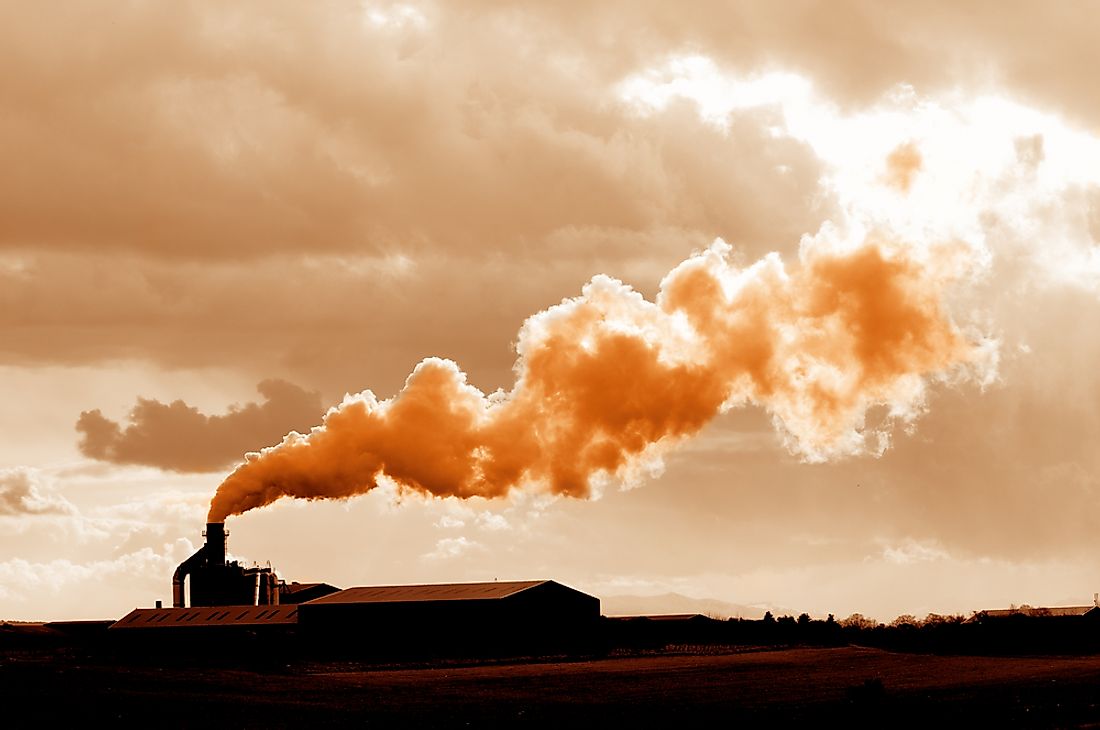What Is Ozone Layer Depletion?

Ozone is an unstable molecule generated through a photochemical process where ultraviolet light strikes oxygen molecules splitting them into individual oxygen atoms, and the atomic oxygen later combines with unbroken oxygen to form Ozone.The ozone layer was discovered by French Physicists Henri Buisson and Charles Fabry in 1913.It is a region in one of the earth’s atmospheric layers known as the stratosphere. The ozone layer lies at heights of 12 to 19 miles and is mainly characterized by naturally occurring gas known as Ozone. Ozone blocks out solar ultraviolet B (UVB) radiation from entering into the lower atmosphere. The most noticeable characteristic of this layer is that it absorbs up to 97% of harmful ultraviolet B radiation which causes skin cancer, cataracts, damage to plant life, and in some cases suppress immune systems.
Ozone Depletion
Recently there has been widespread concern that the ozone layer is getting depleted due to high levels of pollution that came with the advent of industrialization and modernism. Chemicals such as chlorine and bromine cause rapid deterioration of this layer which leads to large amounts of Ultraviolet radiation reaching the earth. Ozone depletion can be described as a phenomenon where the amount of Ozone in the stratosphere has gradually declined by 4% of the total amount of atmospheric Ozone. Chlorofluorocarbons chemicals have been identified as the primary cause of Ozone Depletion. These chemicals have been extensively used in industrialized nations for the past 50 years. They are mainly used in aerosols, fridges, air-conditioning, and packing materials.
Effects Of Depleted Ozone
Once in the stratosphere, chlorofluorocarbons are exposed to ultraviolet rays which breaks them down into various substances including chlorine in a process known as photo-dissociation. The research was done by the US Environmental Protection Agency reveal’s that one chlorine atom can accelerate the breakdown of up to a hundred thousand Ozone molecules. The breakdown of Chlorofluorocarbons is unusually high in regions with very low temperatures such as the Antarctic. The low temperatures have led to the massive destruction of the ozone layer at a jaw-dropping scale of up to 65% which is also known as an Ozone ‘hole.’ Such process increases the levels of UVB that reaches the Earth, which leads increased damage such as skin cancer among others.
Solutions
It is estimated that up to 85% of all CFC’S are produced by industrialized countries which include those in the European Union and the United States of America. Widespread concern over the depletion of the Ozone led to the adoption of the Montreal Protocol of 1987 which bans the use and production of Chlorofluorocarbons, Halons, and any other Ozone depleting substances. This has led to great success in the stabilization of Ozone levels in the atmosphere leading environmentalists to dab it the greatest international agreement to date. Satellite images taken by NASA in August 2018 showed the infamous Antarctica Ozone ‘hole’ had begun to close. Long-term satellite observations have shown that there has been a gradual 20% decrease in levels of Chlorine in the Stratosphere since 2005.The continued decline in the emission of ozone-depleting substances is expected to result in near complete recovery of the ozone layer by probably mid-21st Century.











